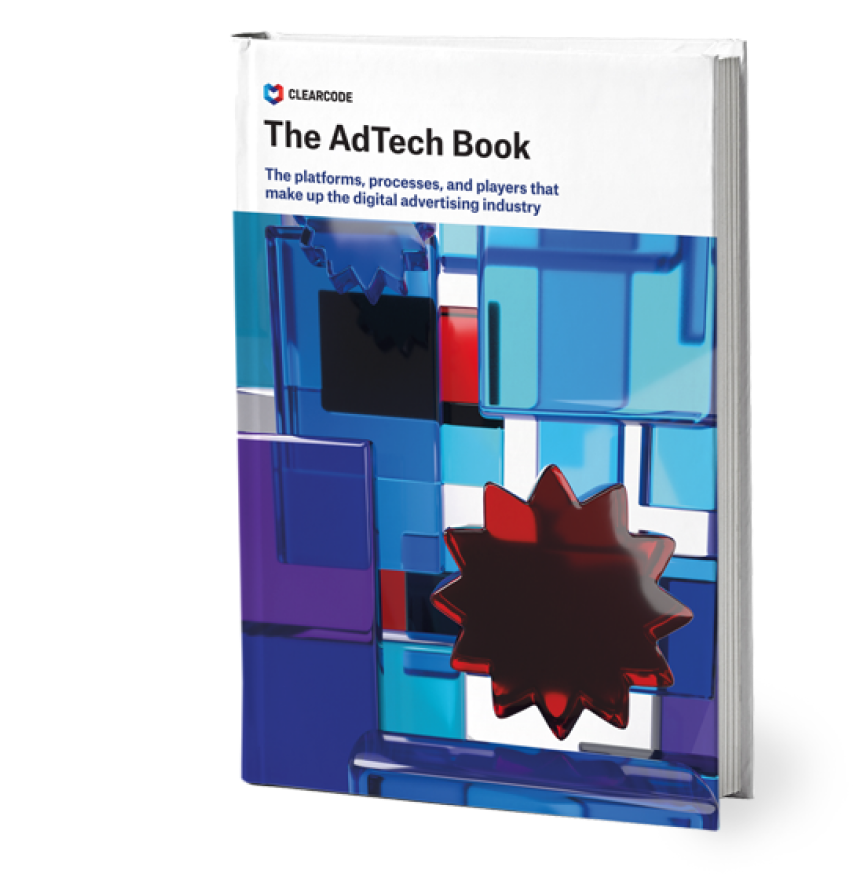We are witnessing the grand exodus from traditional television. The surge in Advanced-TV audiences means the medium can no longer be ignored as an advertising platform.
Traditional TV is technologically outdated and long past its heyday in terms of viewability. Not without reason are we increasingly referring to cable TV viewers as nevers, cord cutters or cord shavers.
- Nevers are people who have never considered TV an important medium. They never signed up for subscription television or paid for premium channels. They may, however, access media through streaming services like Netflix, Hulu, Amazon Prime, or HBO Now.
- Cord shavers are people who regularly pay for subscription television but have, for various reasons, decided to cut down on their plans. They’ve kept some of their channels, but are increasingly switching to streaming services.
- Cord cutters are those who have completely cancelled their subscription plans and may have switched to streaming services.
Over-the-top (OTT)/Advanced TV advertising may be the only way for TV advertisers to reach the above groups and recoup some of the revenue lost to video streaming. We have written about Advanced TV advertising in more detail in another post on our blog.
However, even with all the positive growth and increase in budget allocation, there are still a number of obstacles Advanced-TV advertising must overcome before it can enjoy the same success as digital programmatic.
Challenges of Advanced TV
There are many concerns advertisers, agencies and even TV-network executives have about the current state of Advanced TV and its future, including:
- A lack of understanding about how the technology works.
- Limited available inventory.
- The transparency issue that plagues programmatic in the online digital space.
- Hesitation to try something new.
- Devaluation of current TV ad inventory.
While most of these issues will pass with time and be ironed out by the popularity of programmatic TV, it’s important for advertisers to embrace this new way of media buying and start rolling out campaigns, otherwise they will be left behind.
Viewability and Delivery
Viewability isn’t measured the same way in programmatic TV as viewability in display advertising on web browsers, where ads may be partially or completely hidden from the user.
Here are the main viewability and delivery challenges with programmatic TV:
- It is difficult to serve personalized ads to individuals, as the ads are sent to the household, and any member of that household can view the ad.
- The constantly changing industry means advertisers have to keep up with the growing number of TV formats – digital TV, streaming services, video on-demand services like Netflix, etc.
- Unlike online ads that can be tracked with clicks, determining the engagement rate of TV ads is a lot harder.
Advanced TV Opportunities for AdTech Companies and Advertisers
Just like other areas that have introduced programmatic buying, TV is set for massive growth in coming years and is guaranteed to receive more media dollars from advertisers and agencies. Here are some opportunities and advantages associated with programmatic TV:
No ad fraud
The OTT advertising territory may be very fragmented and lacking standards; however, there is a positive side to it, too. Because streaming platforms are closed, there’s no ad fraud, at least for now. For advertisers, this means ad dollars are more efficiently spent.
No ad skipping
People watching media on OTT devices can’t simply close the window and skip ads. Unlike in web browsers, they cannot jump to another tab or install an adblocker to get rid of ads altogether.
Measurable results through addressable TV
One of the biggest advantages of programmatic TV is measurement. Advertisers and ad agencies can target a certain demographic (based on the collected and analyzed audience data) and brands will be able to compare the results against actual sales; they are able to achieve this with the addressable TV method.
Advanced TV works by combining audience data from networks with first- and third-party user data to create a household profile. By knowing the demographics of a given household, advertisers can accurately display ads to the right people.
For example:
If an online sports-equipment company wants to target viewers between the ages of 25 and 35, it can set up the advertising campaign to only show ads to viewers who are within that age group. Then, by analyzing data collected by online sales, it can see whether there was an increase in purchases from customers within that age group. Based on those sales figures, the online sports-equipment company can determine if the campaign is working and make changes where needed.
Budget optimization
Because programmatic TV promises to deliver better audience-targeting capabilities, advertisers and agencies will be able to cut back on wasted impressions by only showing the ad to the target audience, resulting in better campaign performance and optimized budgets.
Money saved by optimizing budgets can be used towards other advertising campaigns (e.g. mobile ad, display, video, etc.) or even reinvested back into the programmatic TV industry, further spurring its growth.
Conclusion
For marketers, Advanced TV is the promised land, and possibly the only viable alternative to traditional TV advertising. Its potential has not been fully explored, which may present additional benefit for early adopters – OTT ad revenue is set to increase from 45% to 60% over the next decade.








